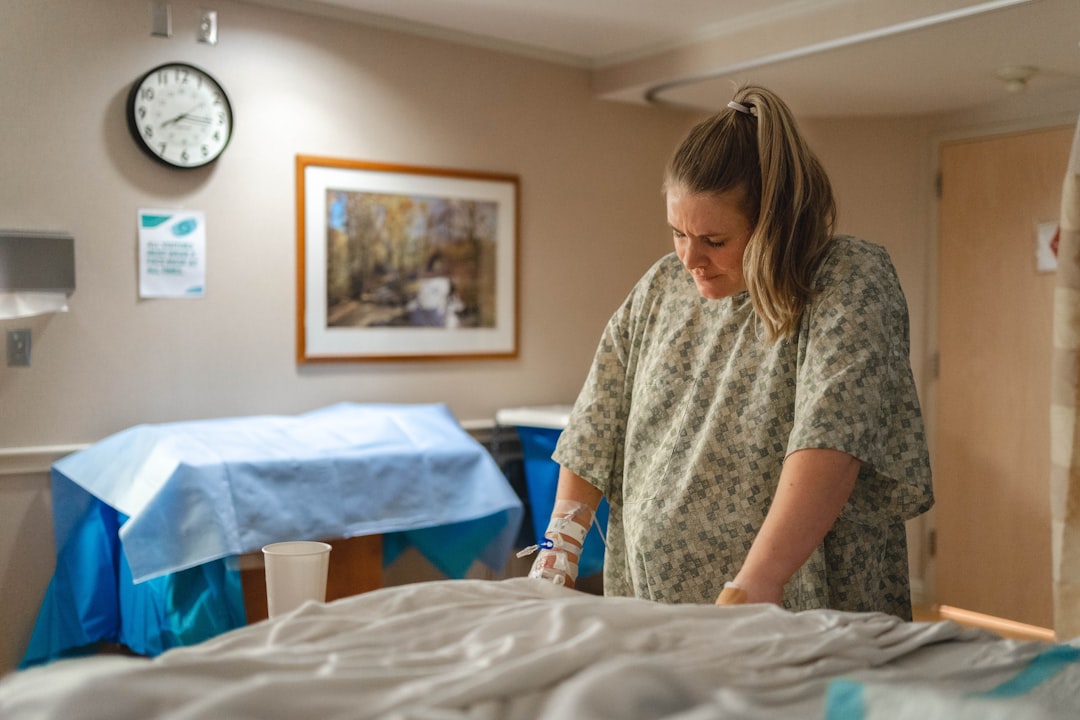What is it about?
This retrospective comparative study included 52 children with idiopathic megarectum (mean age, 9.4 ± 1.7 years) treated from 2007 to 2016. Patients were divided into 2 groups. Group 1 included 23 patients who underwent a Soave pull-through operation. Group 2 included 29 children who underwent laparoscopic low anterior resection with endorectal stapled anastomosis using laparoscopic ultrasound guidance. Six patients (26.1%) in Group 1 and one (3.5%) in Group 2 experienced anastomosis leakage requiring colostomy (χ2 = 3.867, P = 0.049). In long-term follow-up, 3 children (13.1%) in Group 1 and 2 (6.9%) in Group 2 had ongoing constipation; this difference was not significant. Frequent loose stools with soiling were significantly more common in Group 1 (14 patients; 60.9%) than in Group 2 (4 patients; 13.8%) (χ2 = 10.566, P = 0.001).
Featured Image

Photo by Park Troopers on Unsplash
Why is it important?
Our experience shows that laparoscopic video-assisted low anterior resection of the colon with endorectal stapled anastomosis under laparoscopic ultrasound guidance to determine the level of colon resection is the better operation then Soave for children with idiopathic megarectum and chronic constipation. This approach provides good functional results and reduces complications.
Perspectives
Chronic constipation in children is associated with primary megarectum. This study investigated outcomes of surgical treatment of idiopathic megarectum in children.
Professor Sergey Viktorovich Minaev
Stavropol State Medical University
Read the Original
This page is a summary of: Surgical treatment of idiopathic megarectum in constipated children, Journal of Pediatric Surgery, July 2019, Elsevier,
DOI: 10.1016/j.jpedsurg.2018.10.103.
You can read the full text:
Resources
surgical treatment of idiopathic megarectum in children
Chronic constipation in children is associated with primary megarectum. This study investigated outcomes of surgical treatment of idiopathic megarectum in children.
Citation Data of Journal of pediatric surgery
Citation Data Journal of pediatric surgery, Surgical treatment of idiopathic megarectum in constipated children: 1531-5037, Vol: 54, Issue: 7, Page: 1379-1383
Contributors
The following have contributed to this page










